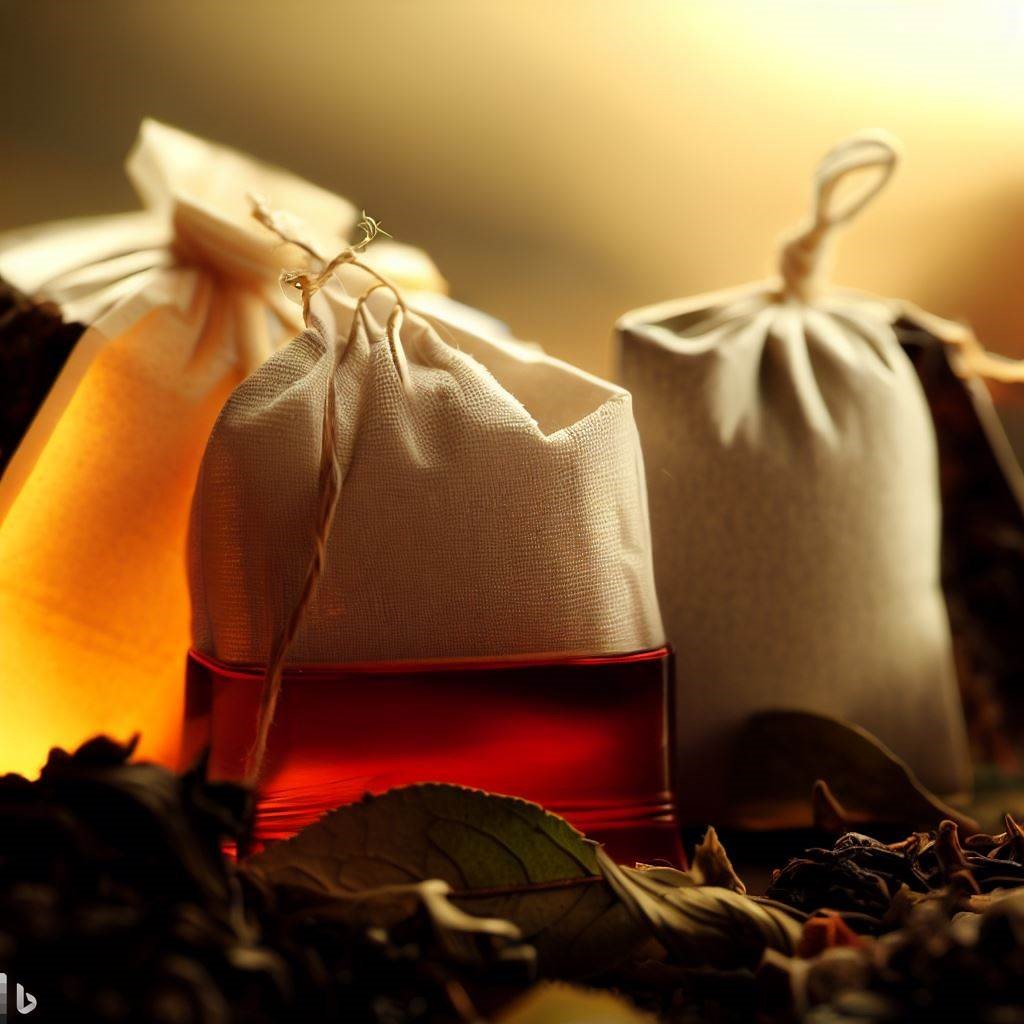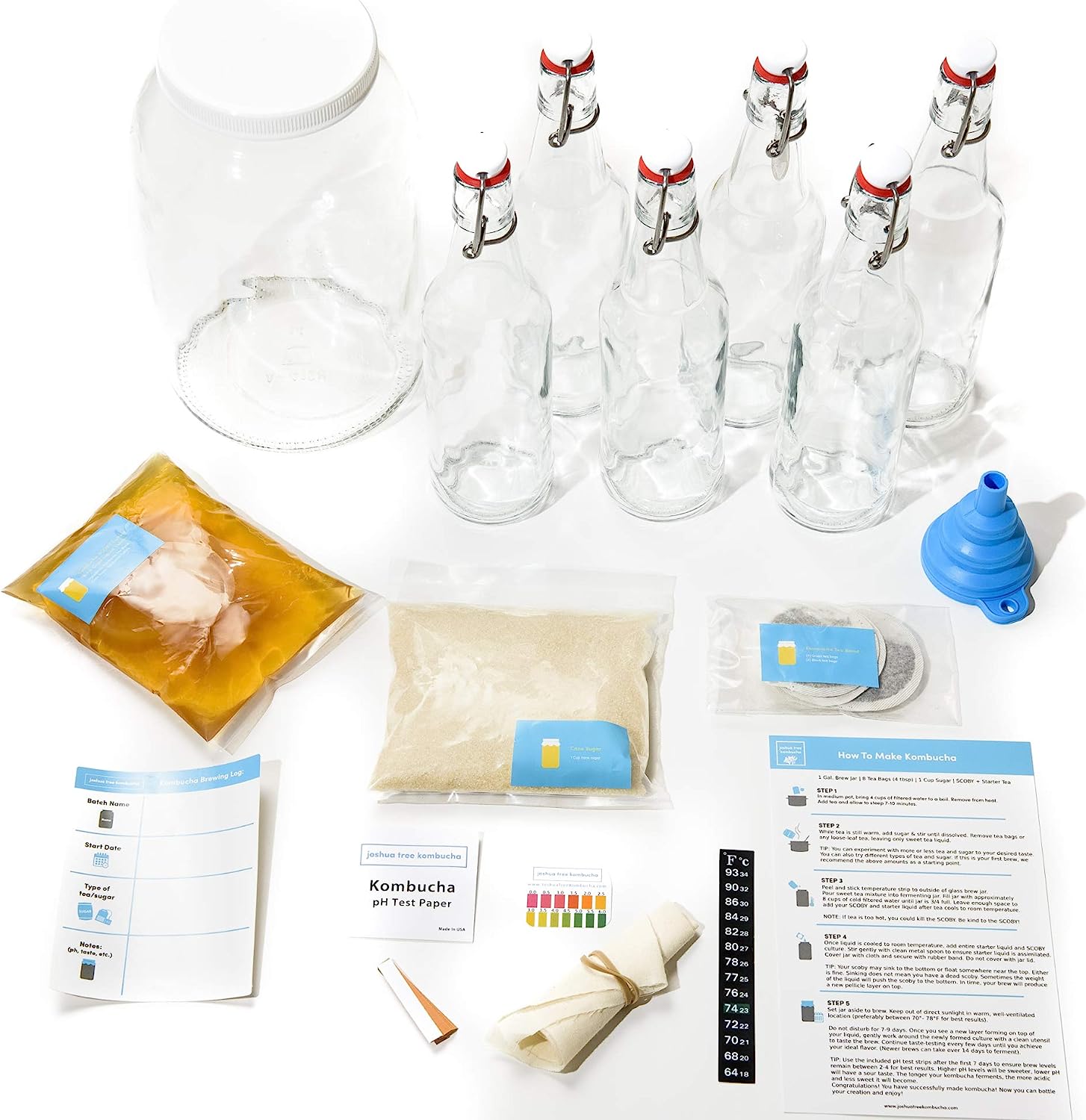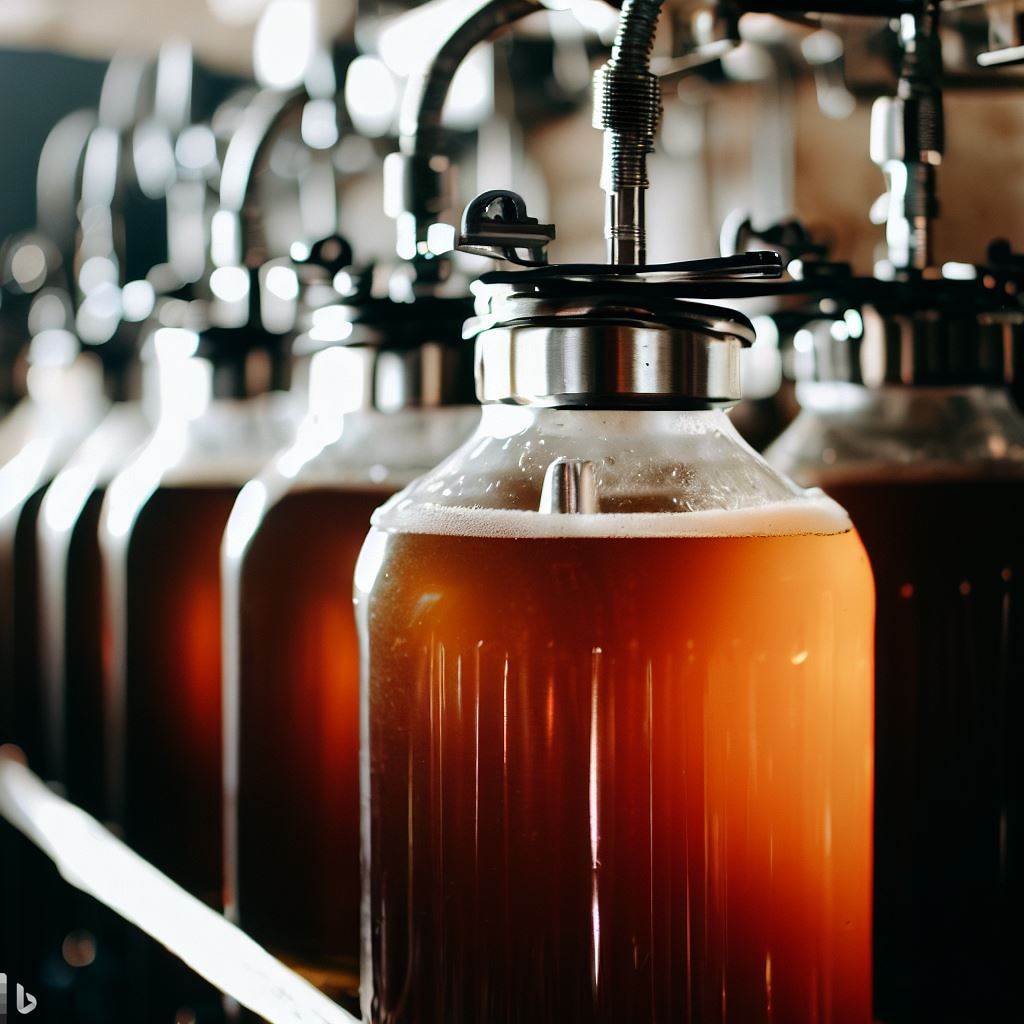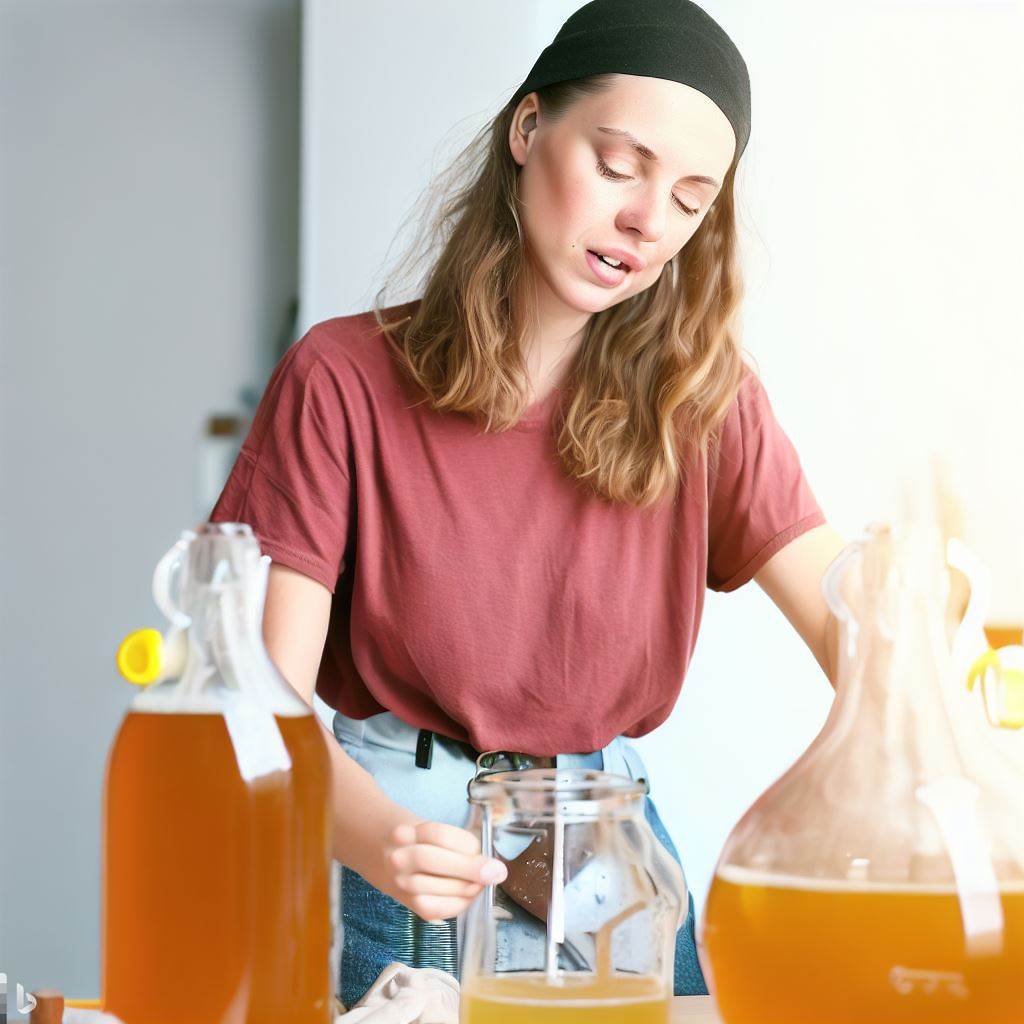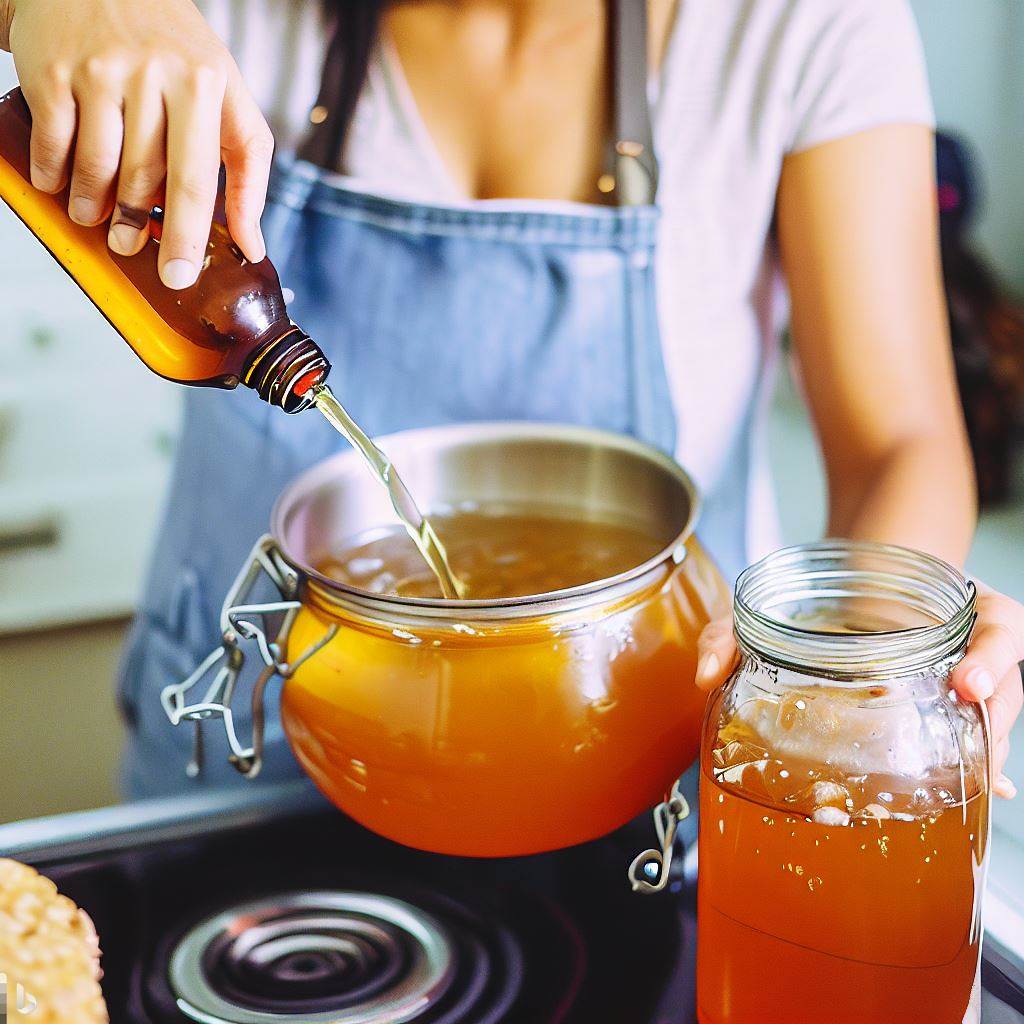Kombucha has gained popularity as a tangy, effervescent, and probiotic-rich beverage. But how long does it take to brew the perfect batch of kombucha? In this comprehensive guide, we will explore the intricacies of kombucha fermentation and reveal the secrets to achieving the ideal brewing time. This article will do a deeper dive on the topic of How Long do you Brew Kombucha? Lets get started!
How Long Do You Brew Kombucha? Unveiling the Secrets of Fermentation
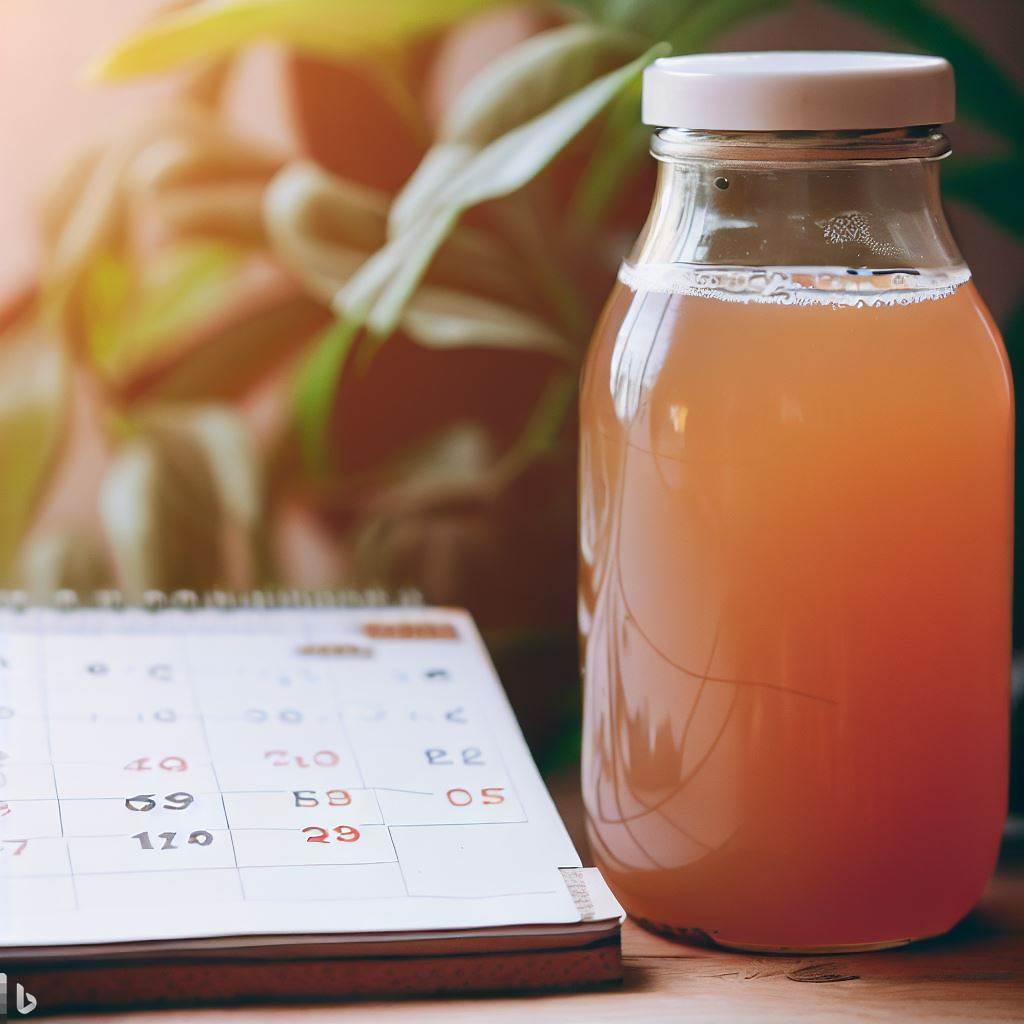
1. The Basics of Kombucha Brewing
Before we dive into the mysteries of brewing time, let’s cover the fundamentals of kombucha brewing. To make kombucha, you will need a few key ingredients and equipment:
- Ingredients: water, tea leaves (black, green, or a combination), sugar
- Equipment: brewing vessel (glass jar or ceramic container), breathable cover (cloth or paper towel), rubber band, thermometer. Check our our Quickstart guide for more info on this.
The heart and soul of kombucha brewing is the symbiotic culture of bacteria and yeast (SCOBY) along with the starter liquid. The SCOBY resembles a gelatinous pancake and contains a community of microorganisms responsible for fermentation. The starter liquid, usually obtained from a previous batch of kombucha or a store-bought bottle, kick-starts the fermentation process.
2. Understanding the Fermentation Process
Fermentation is a natural process that converts sugar into various compounds, resulting in the unique flavor profile of kombucha. Let’s take a closer look at the key elements of fermentation:
- Microorganisms: The SCOBY consists of various bacteria and yeast strains. The bacteria convert sugars into organic acids, while yeast consumes the sugars and produces carbon dioxide and alcohol.
- pH and Sugar Consumption: As fermentation progresses, the pH of the liquid decreases due to the accumulation of organic acids. Simultaneously, the microorganisms consume the sugar, transforming it into carbon dioxide, alcohol, and other flavor compounds.
3. Factors Influencing Brewing Time
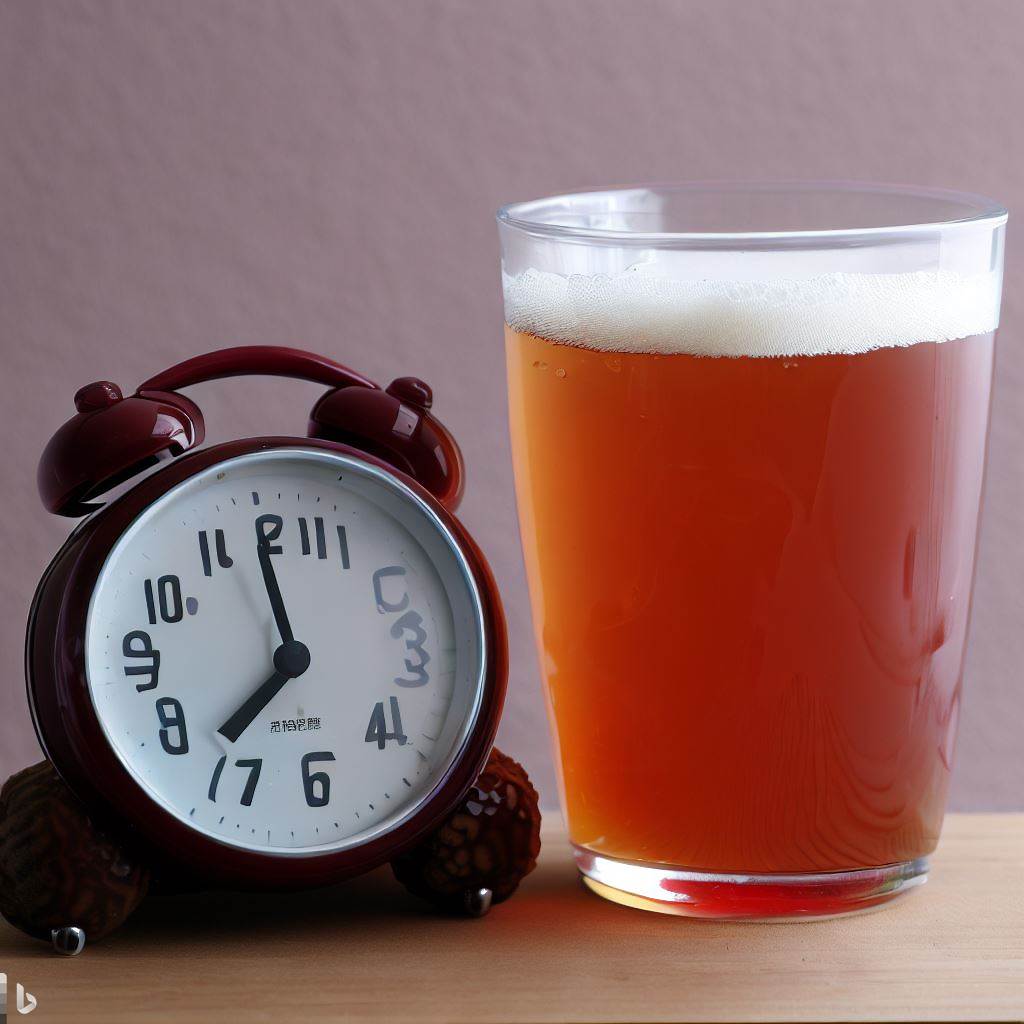
The duration of kombucha fermentation depends on several factors that can influence the flavor, acidity, and overall quality of the brew. Here are some key factors to consider:
- Temperature: Higher temperatures accelerate fermentation, while lower temperatures slow it down. The ideal range for kombucha fermentation is typically between 68°F and 78°F (20°C and 26°C).
- SCOBY Health and Size: A healthy and robust SCOBY will ferment the kombucha more efficiently. A larger SCOBY may ferment the liquid more quickly than a smaller one.
- Desired Flavor and Acidity: The flavor and acidity of kombucha develop over time. Longer fermentation produces a more tart and acidic brew, while shorter fermentation results in a sweeter and milder taste.
4. Determining the Ideal Brewing Time
Now that we understand the factors at play, let’s explore how to determine the ideal brewing time for your kombucha. Do note that normal First Fermentation Brewing time rangers from 7-30 days and Scond Fermentation with flavors is another 2-7 days depending your preferences on taste and flavor profiles.
- Taste Testing During Fermentation: As the fermentation progresses, you can periodically taste the kombucha to assess its flavor. Start tasting after a few days, and continue until you achieve the desired balance of sweetness and acidity.
- Monitoring pH Levels: Measuring the pH of the kombucha can provide valuable insights into its fermentation progress. Generally, a pH range of 2.5 to 3.5 indicates that the brew is ready.
- Observing Visual Cues: Visual cues such as the formation of a new SCOBY layer, the presence of bubbles, and changes in color can also indicate the progress of fermentation.
5. Adjusting Brewing Time for Personal Preference

The beauty of brewing kombucha at home is the ability to customize it according to your taste preferences. Here are a few ways to adjust the brewing time to achieve your desired results:
- Shorter Fermentation for Sweeter Taste: If you prefer a sweeter kombucha, you can shorten the fermentation time to retain more residual sugar. Keep a close eye on the taste and pH levels to prevent over-fermentation.
- Longer Fermentation for Stronger Flavor: For a more tangy and robust flavor, extend the brewing time. This allows the bacteria to further metabolize the sugars and develop a more complex taste profile.
- Experimenting with Secondary Fermentation: After the initial fermentation, you can perform a secondary fermentation by adding flavorings such as fruits, herbs, or spices. The duration of the secondary fermentation can vary based on your desired level of carbonation and flavor infusion.
6. Troubleshooting and Common Mistakes
While brewing kombucha, it’s common to encounter a few challenges along the way. Here are some troubleshooting tips for common issues:
- Mold and Contamination: If you spot mold growth on your SCOBY or in the liquid, discard the entire batch as it can be harmful. To prevent contamination, maintain good hygiene practices, use clean equipment, and ensure proper ventilation.
- Vinegary Taste: An excessively vinegary taste can result from over-fermentation. To avoid this, monitor the kombucha closely and taste it regularly to achieve the desired balance of flavors.
- Carbonation Issues: If your kombucha lacks carbonation, try extending the secondary fermentation period. You can also experiment with adding a small amount of sugar or fruit juice to promote carbonation.
7. Final Thoughts
Finally, brewing kombucha is an art that requires patience, experimentation, and attention to detail. The ideal brewing time depends on various factors such as temperature, SCOBY health, flavor preferences, and desired acidity. By monitoring taste, pH levels, and visual cues, you can determine the perfect fermentation duration to achieve your desired kombucha flavor. Remember to have fun, embrace the process, and enjoy the delightful journey of creating your own kombucha at home. Happy Brewing y’all!
FAQ – How Long do you Brew Kombucha?

Q1: Can I brew kombucha for too long? A1: Yes, over-fermentation can result in a very tart and acidic kombucha. It’s important to taste and monitor the kombucha regularly to avoid over-fermentation.
Q2: Can I shorten the brewing time if I want a milder flavor? A2: Absolutely! If you prefer a milder flavor, you can shorten the brewing time. This will retain more of the natural sweetness of the kombucha. Just make sure to taste the brew frequently and monitor the pH levels to prevent it from becoming overly acidic.
Q3: What can I do if my kombucha lacks carbonation? A3: If your kombucha lacks carbonation, there are a few things you can try. First, make sure you’re providing the right conditions for carbonation during the secondary fermentation. Ensure that the bottles are sealed tightly and stored at a slightly warmer temperature. You can also add a small amount of sugar or fruit juice to provide additional food for the yeast, which can help generate more carbonation.
Q4: How can I prevent mold growth in my kombucha? A4: Mold growth can be a common issue in kombucha brewing. To prevent mold, it’s crucial to maintain good hygiene practices throughout the process. Always use clean equipment and sanitize your brewing vessel before starting a new batch.
Q5: Can I adjust the flavor of my kombucha after the initial fermentation? A5: Yes, you can! After the initial fermentation, you can experiment with flavor variations during the secondary fermentation. This is the perfect time to add fruits, herbs, or spices to infuse unique flavors into your kombucha.
Thanks for Coming!
Thanks for reading this Greek Mountain Kombucha Blog Post on How Long do you Brew Kombucha? We hope you learned a lot. Keep reading on similar articles that may pique your interest!
- Kombucha First Fermentation Guide
- The History of Kombucha
- Brewing Gold: Free eBook on Kombucha by GMK


